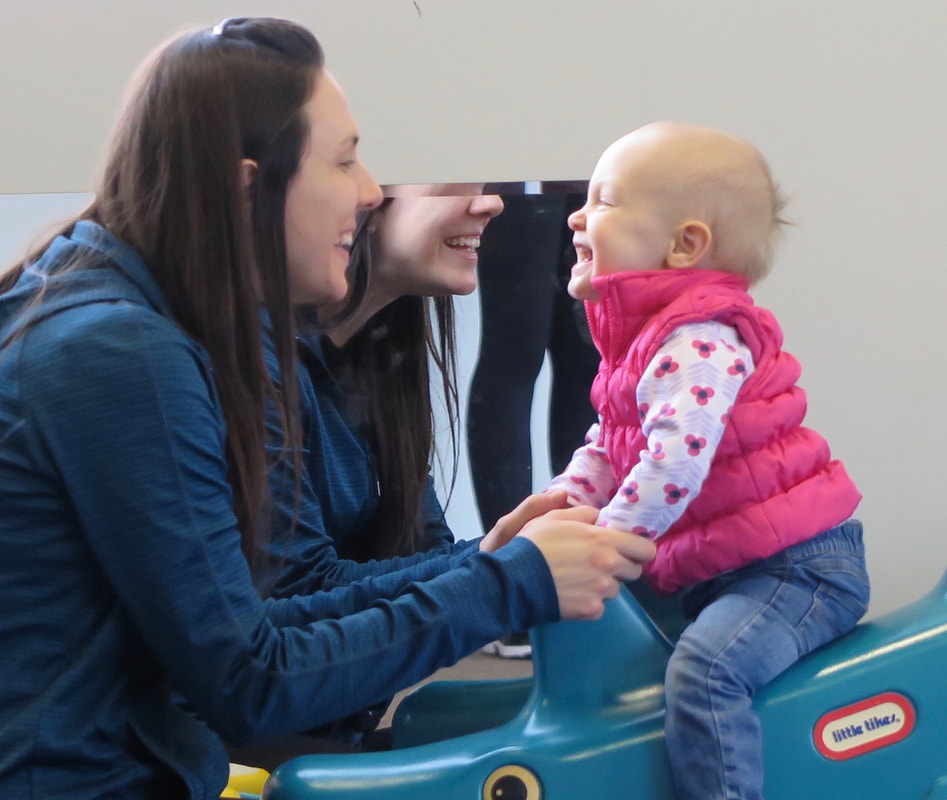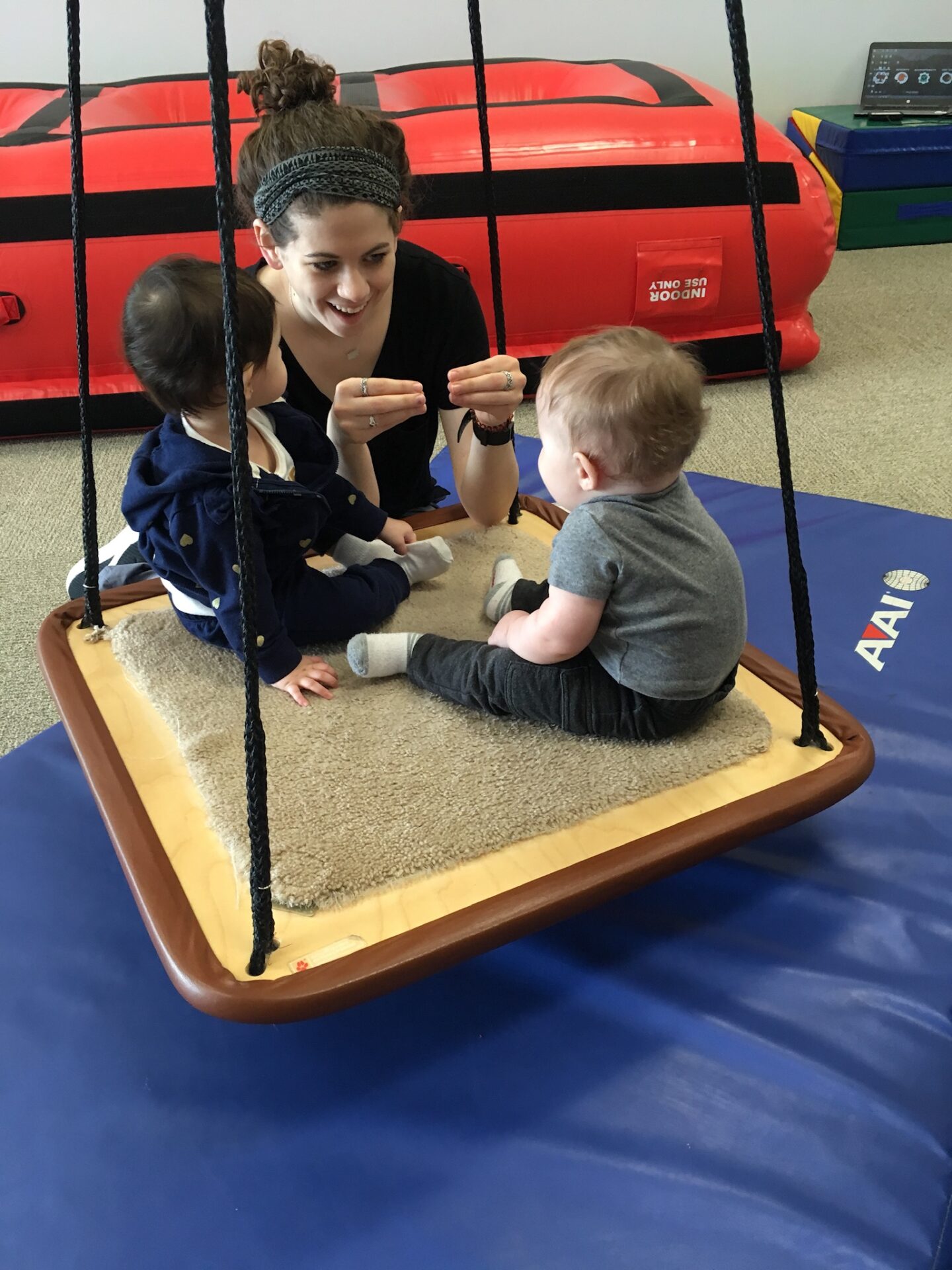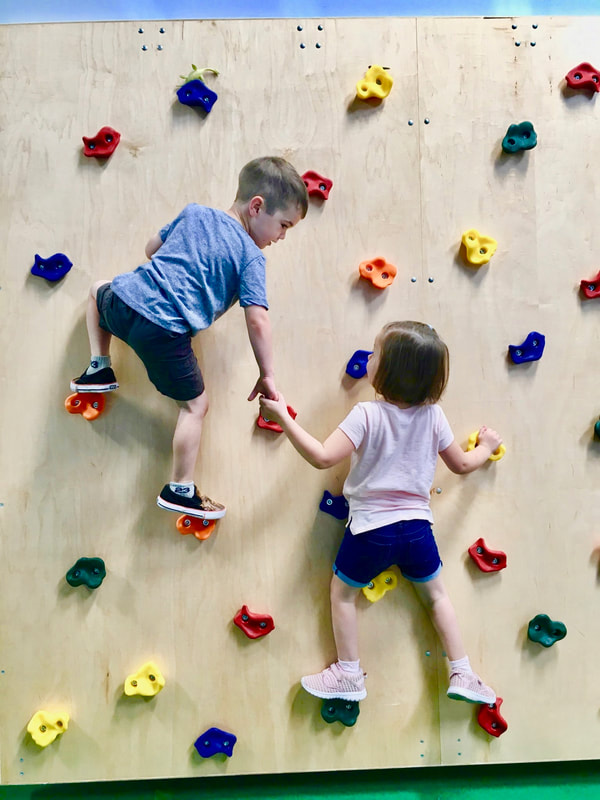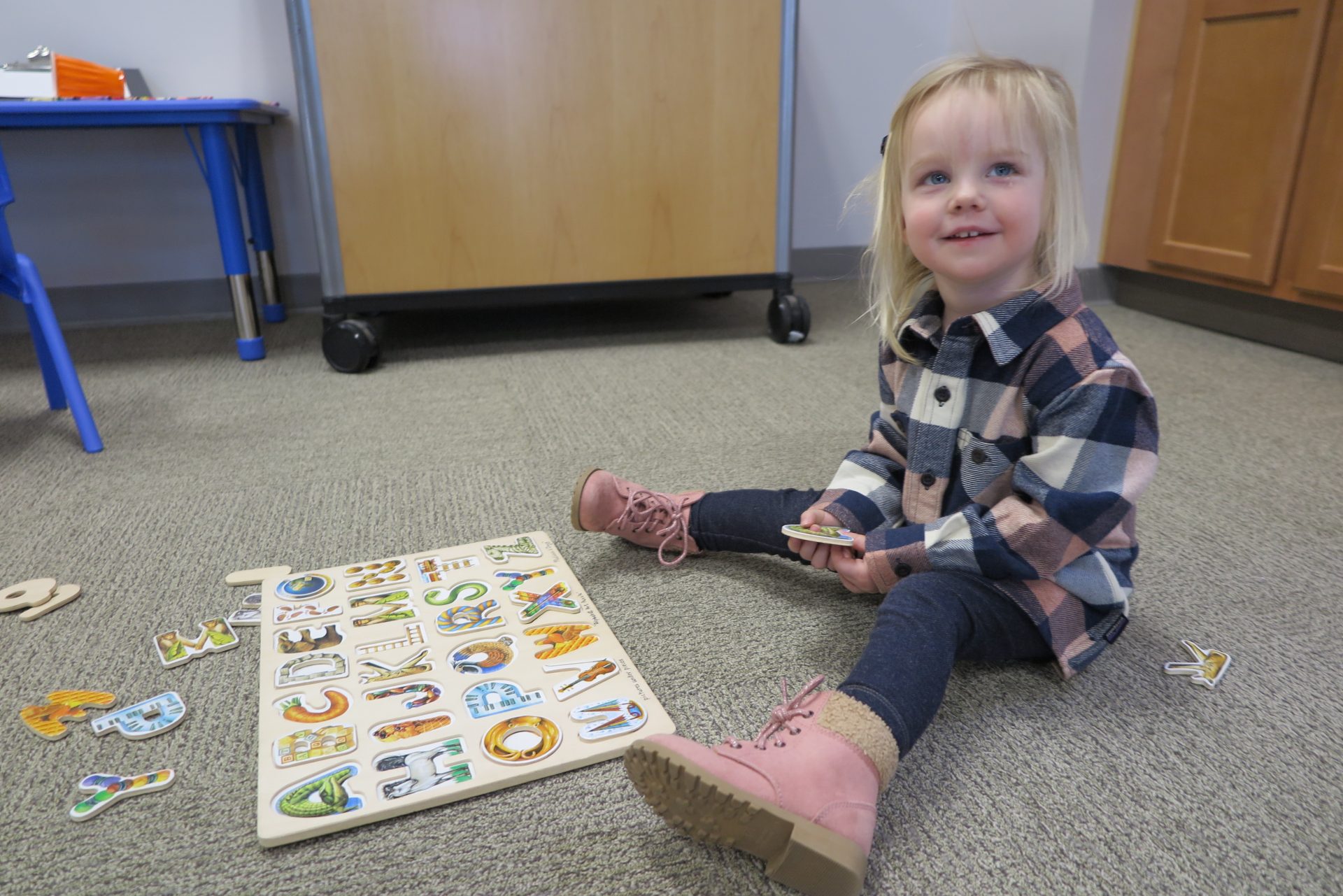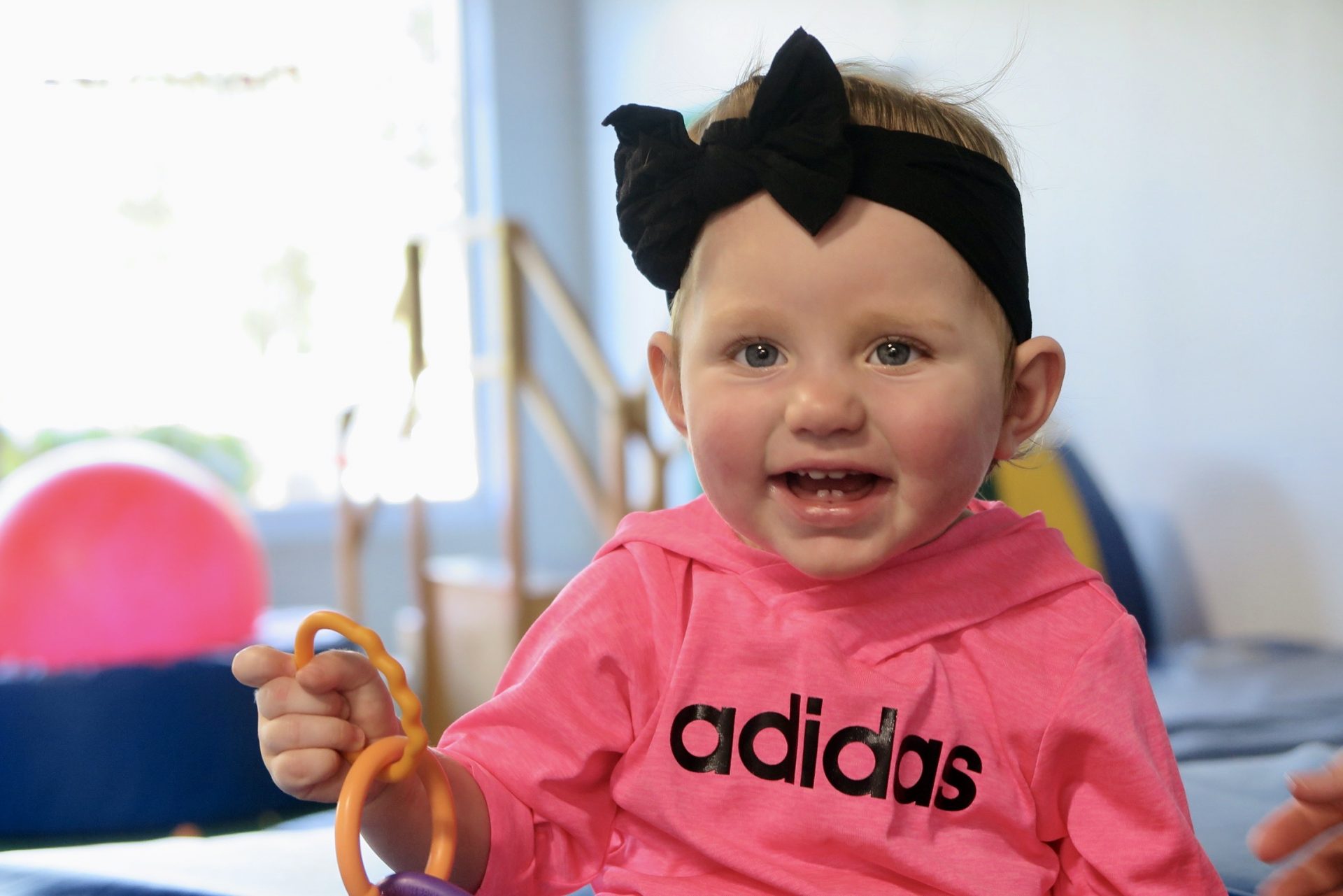Mealtime Wiggles
So frequently do I hear “my kid takes a bite to eat then leaves the table” or “my kid can’t sit still throughout his entire meal” creating a lengthy meal time and impacting positive mealtime dynamics. Here’s come tips and tricks for getting your child to sit for longer durations:
- LOTS of heavy work right before meal time!
- Helps get extra energy out right before having to sit down
- Bear walks, wheelbarrow walks, rolling child up in a blanket like a burrito and then unrolling MANY times, frog hops, running and crashing into pillows/ blankets over and over, crawling over pillows/ blankets/ couch cushions thrown unevenly onto floor, inchworms, belly on ball arm walkouts, lifting or pushing heavy baskets
- Wiggle cushion
- Round or inclined textured cushions can help provide movement even while seated (can be purchased on Amazon)
- Can also place cushion on floor for child to stand and move on while remaining at table.
- Weighted blanket or lap pad while seated; weighted shoulder wrap (also available on Amazon )
- Boundary to maintain near table, even if not sitting.
- Try a chair with arms on it
- Provide painters tape boundary on floor for child to remain in during meal. Start off bigger and make boundary smaller as the child displays readiness. Be strict on maintaining in boundary area throughout meal.
- Can provide sensory movement items in this area.
- Thera-band wrapped around chair leg
- Child can push legs/feet to fidget on band while sitting
- Allow child to stand and eat if that’s what is needed to remain near table
- Wobble stool (available on Amazon)
- Only use if child has enough core stability and safety awareness
- Ensure table height matches with chair height
- Better for older children
- Stabilize those little feet!
- Stabilizing the feet will help to stabilize the core. When our core is not stable, our attention is overall decreased and chewing can become a chore.
- Textures or fidgets
- Attach velcro textures under table or chairs
- Special “meal only” fidgets to play with and only while sitting or standing right at table
- List of discussion topics for family to engage in
- Talk about feelings throughout day, favorite/ worst moments
- Distraction is a great way to enhance attention
- Have child walk around with weighted backpack for up to x20 minutes prior to meal
- Can wear while helping set table
- Timer
- See how long the child can tolerate sitting, then lengthen the timer just a bit longer. When sitting for timer duration is easily attainable for child, adjust timer for a slightly longer time frame.
*Strategies may take multiple attempts to see change. Keep trying and be consistent!
*Some strategies may work, and some may not. That is okay! Find what is right for your child.
If your child is having trouble sitting still during mealtimes, during free time playing at home, in the school setting, and overall seeking extra movement from same aged peers or siblings don’t hesitate to give us a call. BDI Playhouse Children’s Therapy offers free screenings and consultations through Telehealth or at one of our child-friendly therapy gyms in Orland Park and Aurora, IL.
Written by: Rebecca MacKenzie, M.S., OTR/L

